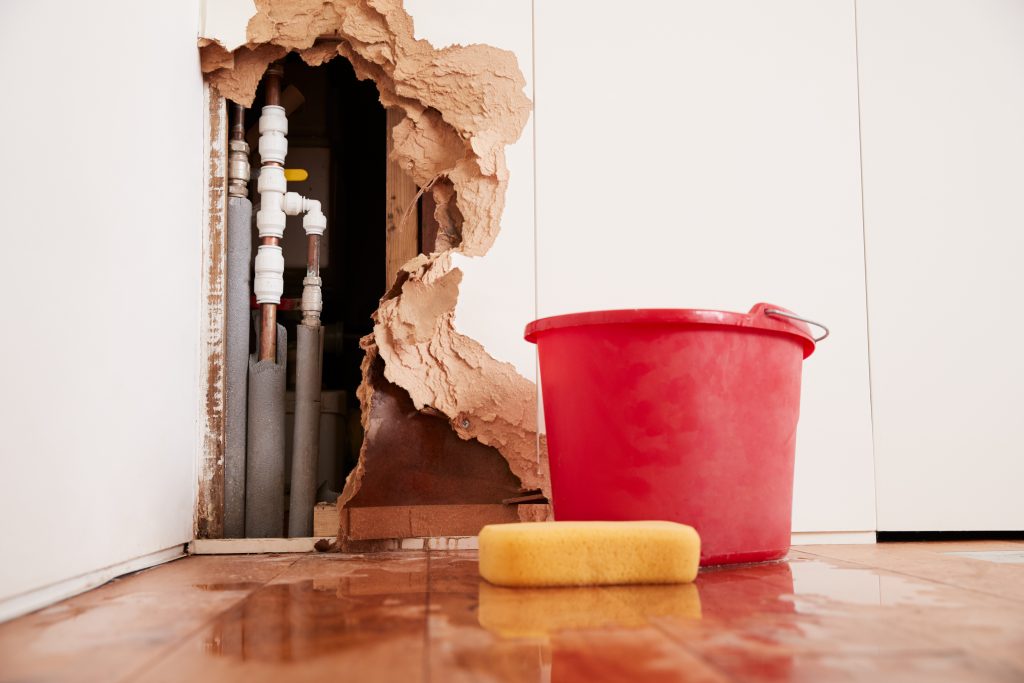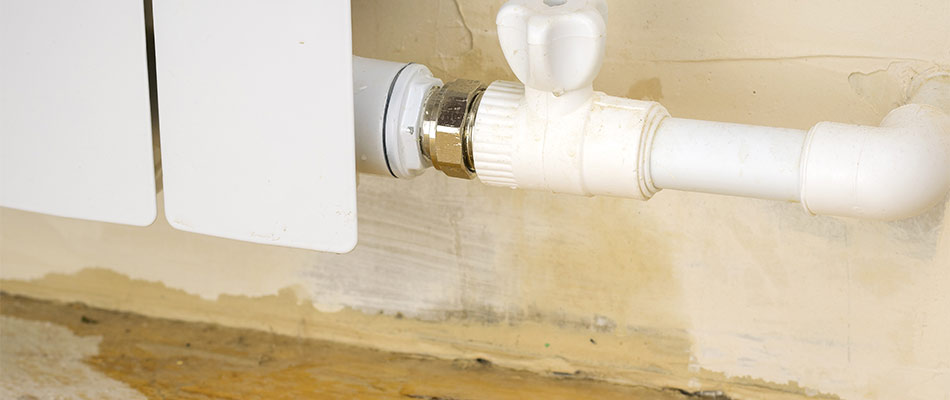The content below pertaining to Locating water leaks is particularly insightful. Don't skip it.

Early discovery of dripping water lines can mitigate a potential calamity. Besides saving you cash, it will minimize the worry and also irritation. The minute you locate a leakage, calling your plumber for fixings is the best option. Nevertheless, some tiny water leakages might not be visible. If you can not identify it with your nude eyes, below are some hacks that help.
1. Check Out the Water Meter
Examining it is a surefire means that assists you discover leaks. If it relocates, that indicates a fast-moving leak. This indicates you might have a slow leakage that might even be underground.
2. Inspect Water Usage
Evaluate your water bills and also track your water usage. As the one paying it, you should discover if there are any type of discrepancies. If you identify sudden changes, despite your intake being the same, it suggests that you have leaks in your plumbing system. Bear in mind, your water costs must drop under the exact same range every month. A sudden spike in your expense indicates a fast-moving leak.
At the same time, a stable rise monthly, even with the exact same behaviors, shows you have a slow leakage that's also gradually intensifying. Call a plumber to extensively check your property, specifically if you feel a cozy location on your floor with piping underneath.
3. Do a Food Coloring Examination
30% comes from toilets when it comes to water intake. Test to see if they are running correctly. Decrease specks of food color in the storage tank and wait 10 mins. If the shade in some way infiltrates your dish during that time without flushing, there's a leakage between the container as well as bowl.
4. Asses Exterior Lines
Do not fail to remember to inspect your outside water lines as well. Must water seep out of the link, you have a loose rubber gasket. One tiny leakage can squander lots of water and also spike your water expense.
5. Evaluate and Evaluate the Circumstance
House owners must make it a routine to examine under the sink counters and even inside cupboards for any bad odor or mold and mildew development. These two warnings indicate a leakage so punctual attention is called for. Doing regular evaluations, even bi-annually, can conserve you from a major issue.
Check for stainings and damaging as a lot of pipelines as well as home appliances have a life span. If you believe leaking water lines in your plumbing system, don't wait for it to rise.
Early detection of leaking water lines can minimize a prospective disaster. Some little water leakages might not be visible. Checking it is a surefire method that assists you discover leakages. One little leakage can throw away tons of water and also surge your water costs.
If you presume dripping water lines in your plumbing system, do not wait for it to intensify.
WARNING SIGNS OF WATER LEAKAGE BEHIND THE WALL
PERSISTENT MUSTY ODORS
As water slowly drips from a leaky pipe inside the wall, flooring and sheetrock stay damp and develop an odor similar to wet cardboard. It generates a musty smell that can help you find hidden leaks.
MOLD IN UNUSUAL AREAS
Mold usually grows in wet areas like kitchens, baths and laundry rooms. If you spot the stuff on walls or baseboards in other rooms of the house, it’s a good indicator of undetected water leaks.
STAINS THAT GROW
When mold thrives around a leaky pipe, it sometimes takes hold on the inside surface of the affected wall. A growing stain on otherwise clean sheetrock is often your sign of a hidden plumbing problem.
PEELING OR BUBBLING WALLPAPER / PAINT
This clue is easy to miss in rooms that don’t get much use. When you see wallpaper separating along seams or paint bubbling or flaking off the wall, blame sheetrock that stays wet because of an undetected leak.
BUCKLED CEILINGS AND STAINED FLOORS
If ceilings or floors in bathrooms, kitchens or laundry areas develop structural problems, don’t rule out constant damp inside the walls. Wet sheetrock can affect adjacent framing, flooring and ceilings.
https://www.servicemasterbyzaba.com/blog/how-to-detect-water-leakage-in-walls/

As an avid reader on Top leak detection hacks, I was thinking sharing that excerpt was a good idea. Enjoyed our article? Please share it. Help somebody else check it out. I treasure reading our article about Locating water leaks.